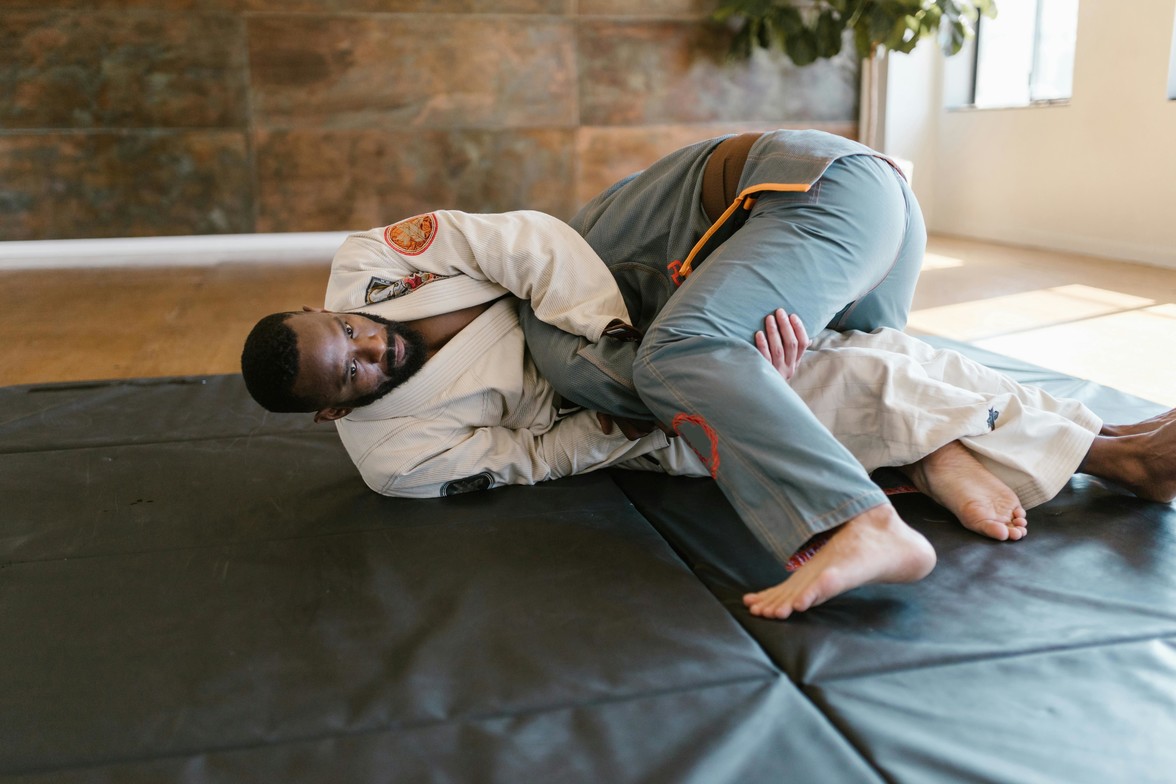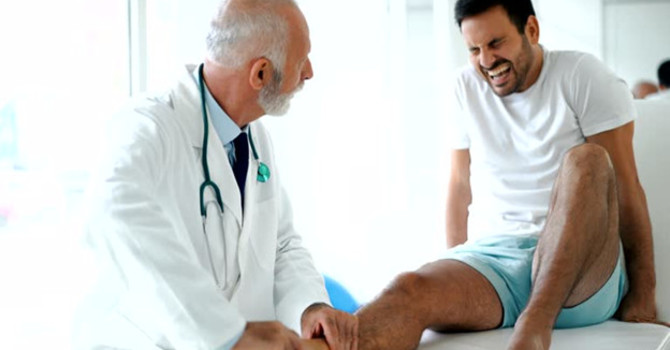
Jiu-jitsu athletes are always looking for ways to sharpen their performance and gain an edge. One tool that’s rarely talked about but incredibly effective is vestibular rehabilitation.
Vestibular rehab focuses on the systems of the body responsible for balance, gaze stability, head movement coordination, and motion tolerance. While it’s typically used for people experiencing dizziness or imbalance, these same principles can be applied to boost performance for athletes in rotational, fast-paced sports like jiu-jitsu.
What Is Vestibular Rehabilitation?
The vestibular system includes your inner-ear balance organs, your eyes, and the sensors in your neck that tell your brain where your head is in space. All three work together to maintain:
- balance
- spatial awareness
- clear vision during movement
- orientation during fast transitions
In jiu-jitsu, where athletes constantly change levels, rotate, invert, and react to unpredictable forces, this system is working overtime.
Vestibular rehabilitation trains these components using targeted drills that may look unusual but are highly specific. Exercises often include:
- gaze-stability training
- reaction-time drills
- visual tracking
- balance and postural control
- head–eye coordination work
The result? A more efficient, adaptable, and resilient nervous system that performs better under pressure.
1. Sharpen Gaze Stability For Faster Reaction Times
Clear vision during movement is not automatic. Your vestibulo-ocular reflex (VOR) works hard to keep the environment stable even when your head is moving rapidly.
In jiu-jitsu, this matters when you need to:
- spot grips
- read your opponent’s hips or shoulders
- defend sweeps
- react during scrambles
Improving gaze stability allows athletes to see clearly while moving, which translates into quicker decisions and faster reactions. Even small improvements in VOR function can create noticeable performance gains.
2. Improve Tolerance to Rolls & Inversions
Rotational movements are the vestibular system’s primary trigger. Rolling, spinning, and inverting place heavy demands on your inner-ear balance organs especially when fatigue kicks in.
Common but under-acknowledged issues on the mat include:
- feeling “off” after warm-up rolls
- subtle dizziness after inversions
- nausea during high-volume drilling
- slower reactions when disoriented
Vestibular training improves motion tolerance so you can stay sharp during transitions and maintain orientation even after intense rotational sequences.
A more resilient vestibular system means:
less dizziness, more stability, and cleaner technique under stress.
3. Accelerate Recovery After Head Impacts & Chokes
Concussions and sub-concussive impacts are common in all combat sports including jiu-jitsu. Even without a diagnosed concussion, athletes may experience:
- headaches
- dizziness
- slowed reactions
- visual motion sensitivity
- balance deficits
Modern concussion research is clear: active rehabilitation is superior to prolonged rest.
Vestibular rehab is a core component of concussion recovery because head injuries often slow down normal eye-head reflexes and disrupt balance pathways. Addressing these deficits early leads to faster, safer returns to training and reduces the risk of lingering symptoms or long-term performance decline.
To learn more about concussion rehabilitation, visit our page on advanced concussion & vestibular rehab.
The Competitive Advantage People Overlook
Vestibular rehabilitation was originally designed for treating dizziness and vertigo, but its benefits extend far beyond pathology. For jiu-jitsu athletes, it offers a powerful, underutilized approach to improving:
- reaction time
- balance
- motion tolerance
- recovery after impacts
- overall nervous system efficiency
As vestibular sports performance training continues to grow, incorporating these techniques may provide the competitive edge most athletes haven’t even considered.
About the Author
Dr. Jimmy Pang (PT/DPT, ITPT, CCRT, AIB-VRC) is a physical therapist specializing in dizziness, headaches, and concussion rehabilitation. He combines advanced vestibular training with a personalized, one-on-one approach to help people feel steady, clear-headed, and confident again.
Learn more at
.



